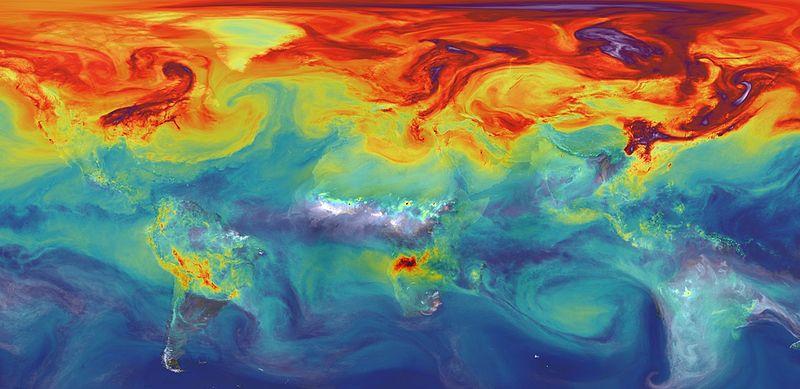Approximately two-thirds of New Zealand’s regions recorded decreases in their total greenhouse gas emissions while one-third of regions increased their emissions between 2007 and 2018, Stats NZ said today.
Overall, this resulted in a reduction of just over 1% in New Zealand’s total greenhouse gas emissions between 2007 and 2018.
Changes to a region’s total emissions result from increases or decreases in emissions from industry and households.
Industrial emissions, from either primary industries, goods-producing industries, or service industries, can be affected by several factors, such as structural changes to the local economy, changes in technology, or efficiency gains, environmental-economic accounts manager Stephen Oakley explained.
Primary industries – especially dairying – were a significant factor in the increased emissions in Canterbury, Otago and Southland.
Canterbury recorded the highest methane and nitrous oxide emissions in 2018, largely due to emissions from agriculture.
This is the first comprehensive picture Stats NZ has been able to develop to show where emissions are being produced in New Zealand and which regions are driving the changes in emissions, Mr Oakley said
The largest falls in emissions were in Auckland, down 955 kilotonnes (7.8%), Taranaki, down 707 kilotonnes (11.3%), Northland, down 545 kilotonnes (10.8%), and Waikato, down 272 kilotonnes (2.0%).
Over the same period, emissions increased in Canterbury, up 1,175 kilotonnes (11.0%), Bay of Plenty, up 356 kilotonnes (11.9%), Southland, up 335 kilotonnes (6.2%), and Otago, up 333 kilotonnes (7.0%).
The decrease in Auckland’s emissions came from the goods-producing industries, where emissions fell by 1,675 kilotonnes (25%). This was mainly due to decreases in emissions from the electricity, gas, water, and waste services industry. But the rise in emissions from the services industries (up 15%) and household emissions (up 18%) resulted in an overall reduction of Auckland’s emissions of only 955 kilotonnes (7.8%).
The rise in Auckland’s household emissions is largely due to its growing population, leading to increased car emissions, and increased fuel use, Mr Oakley said.
In Canterbury and Otago, increases in overall emissions were driven largely by the primary industries, specifically by increases in emissions from these regions’ expanding dairy cattle numbers.
In Bay of Plenty, the increase was due to a combination of increasing household emissions and increasing emissions from goods-producing industries, particularly the electricity, gas, water, and waste services industry.
Southland’s increase in greenhouse gas emissions was also largely driven by goods-producing industries, particularly manufacturing, and primary industries, which was mainly due to dairy.
Three regions accounted for just under half of total emissions in 2018
In 2018, Auckland, Waikato, and Canterbury combined accounted for 47% of total regional emissions. The regions with the least emissions were Marlborough, Tasman/Nelson, West Coast, and Gisborne.
These four regions accounted for 5.8% of emissions in 2018. Both these proportions were constant across the 2007–18 period.
In 2018, the top three emitting regions accounted for 54% of both carbon dioxide and fluorinated gases but only 40% of methane and 45% of nitrous oxide emissions.
While Waikato had the highest greenhouse gas emissions of any region in 2018, Auckland recorded the highest emissions of carbon dioxide, which were driven by households and manufacturing. Auckland also had the highest levels of fluorinated gases, largely produced by the service industries (excluding transport, postal, and warehousing).
Further detail about the distribution of greenhouse gas emissions by region is available under key facts on the release page.
About the data
Greenhouse gas emissions by region (industry and household): Year ended 2018 includes estimates for 15 regions by main industries and households. The estimates are compiled on the same basis as that used to measure GDP and other economic statistics.
This first release of greenhouse gas emissions by region is provisional. Revisions to the time series are expected as the methodologies are improved over time.
The estimates complement Greenhouse gas emissions (industry and household): Year ended 2018, released in June 2020.
Data is available to the year ended 2018 due to the availability of input data from New Zealand’s Greenhouse Gas Inventory
.For more information on how the estimates were compiled, see the ‘air emissions’ section in Environmental-economic accounts: Sources and methods (third edition).
Source: Stats NZ












